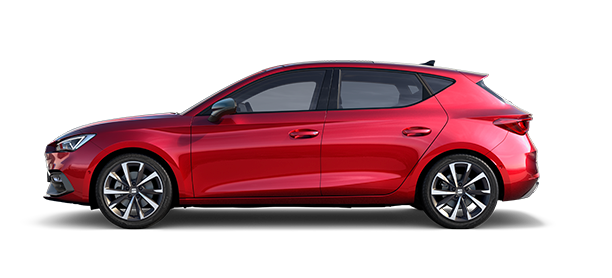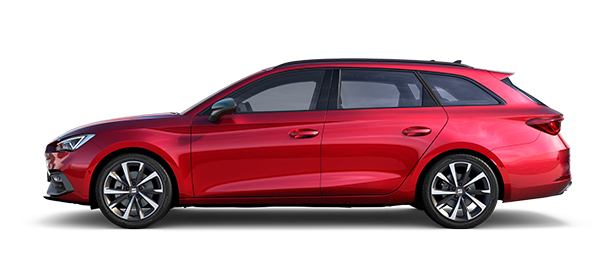From cities with more bicycles than cars, with no traffic lights or parking spaces to streets that carry one motor vehicle every second, traffic lights equipped with 5G and mobile apps for finding a place to park. On the occasion of the centennial of Automobile Barcelona, we take a look back to see how urban mobility has changed radically over the past century.
A country on wheels
The first motor vehicle was registered in Spain 113 years ago. It was in the city of Vitoria and signalled the beginning of an innovation that was set to revolutionise the country’s mobility and the landscape of our cities. However, growth was slow to take off in the years following the first vehicle registration. In fact, there were twice as many bicycles in 1917 Barcelona than cars – 2,997 versus 1,357.
The first explosion of passenger cars in Spain took place in the 20s. Boosted by the 1929 Universal Exhibition in Barcelona, vehicle registrations at the time reached 30,000 units annually.
Automobile Barcelona illustrates the 100 year history of cars and cities.
The next turning point was introduced by SEAT. Founded in 1953, its presence consolidated the automotive sector in Spain, and seven times more vehicles were registered yearly (136,504) from 1955 to 1959 than in the previous five years (19,586).
The SEAT 600 made a name for itself in making cars widely available to the general public. Manufactured from 1957 to 1973, it arguably helped put the whole country on wheels. In 1964 for example, registrations bordered on 300,000 units, largely thanks to this model. Nevertheless, these figures are nowhere near today’s – last year alone more than 1.3 million cars were registered in Spain.
From the pharmacy to the electric car
Cars from a century ago are nothing like today’s models. 100 years ago vehicles used to refuel at pharmacies or hardware shops and consumed around 30 litres of petrol for every 100 kilometres. Today on the other hand, a 95 hp SEAT Ibiza 1.0 TSI certifies a combined consumption of 4.6 litres and can refuel at any of the 11,500 petrol stations in Spain. These combustion engines coexist on a daily basis with other formulas, such as gas fuelled or electric powered vehicles. In early 2021 up to six electric or plug-in hybrid SEAT and CUPRA models will be on the streets.
From unpaved street to one car per second
If cars have evolved significantly in the past century, cities certainly have not fallen behind. 100 years ago, Barcelona’s Avenida Diagonal was a dirt road that was used more by carriages than motor vehicles. Today 85,000 cars drive down the thoroughfare every day, which is the same as one every second of the day, sharing the asphalt with public transport and more frequently with new forms of micromobility, including shared bicycles or electric scooters such as the SEAT eXS KickScooter. It is estimated that there are currently more than 26,000 electric scooters on the streets in Spain.
From the first traffic light to the 5G car
Cars and cities change, and with them, the necessary infrastructure also changes to keep up with modern times. The first traffic light in Spain was installed at the intersection of Gran Vía and Alcalá street in Madrid in 1926. The device made it to Barcelona three years later, at the intersection of Balmes and Provenza, where the city’s first pedestrian crossing was also marked on the street.
The invention was so revolutionary that a municipal police officer had to direct traffic at the site for the first few years, and for several months the city council had to publish announcements in the local press to explain how the innovation worked.
There are currently more than 36,000 traffic lights and over 11,000 pedestrian crossings in Barcelona. The future holds 5G technology, which will enable the infrastructure to connect with cars and other vehicles. For example, in collaboration with Telefónica, SEAT is testing the 5G Connected Car, which connects with urban infrastructure to help the driver anticipate the presence of other vehicles and obstacles. In addition, 3D interactive pedestrian crossings are in the testing phase.
From Gaudí to the JustMoove
Barcelona’s first ever underground parking structure has an illustrious surname - Gaudí. The owner of the future Pedrera (Casa Milà) commissioned Gaudí to build a space for horse carriages and his three motor vehicles, which required the architect to redesign the columns in the basement of what would become one of the world’s leading tourist attractions.
Today Barcelona has more than 660,000 underground parking spaces. Lying in store for the present and future are apps such as JustMoove, which enables smartphone users to find a parking space in up to 25% less time, as well as other mobility solutions like reserving a taxi or sharing a car.







